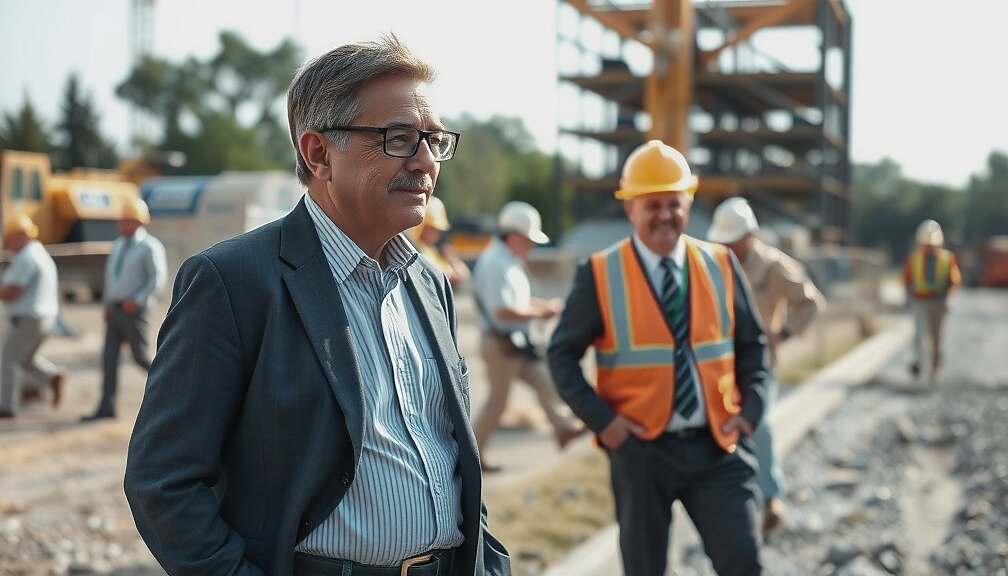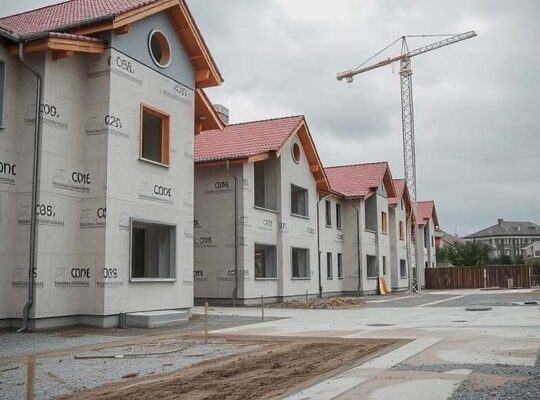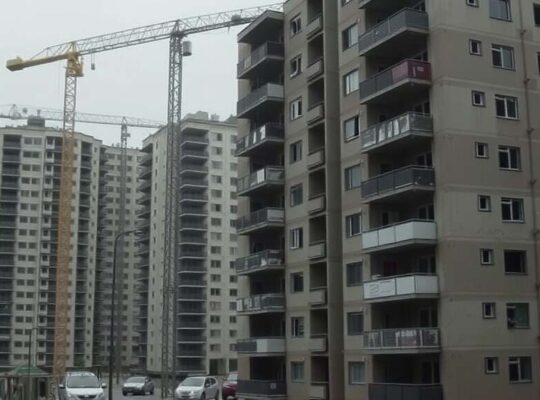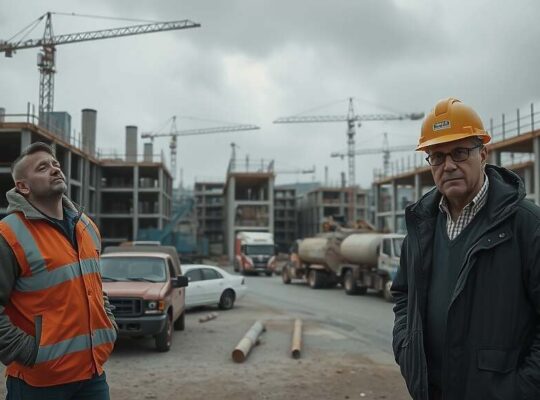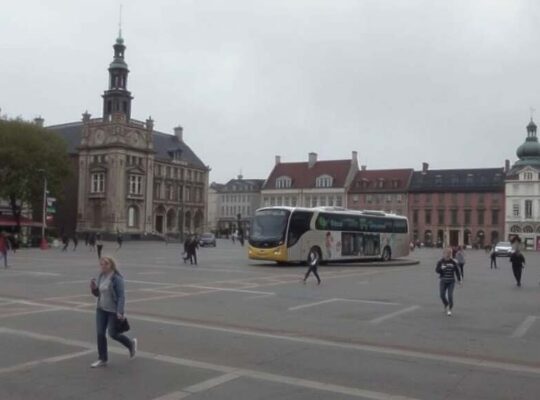The German Ministry of Construction, under the leadership of Minister Verena Hubertz (SPD), has hailed recently released data on building permits as indicative of a potential shift in the struggling construction sector. Hubertz characterized the figures as “clearly showing that things are finally moving upwards” a cautiously optimistic assessment given the protracted downturn.
The data, published by the Federal Statistical Office, reveals a surge of roughly 60% in building permits issued in September compared to the same period last year. While the ministry celebrates this increase, statisticians caution that the substantial uptick is, in part, attributable to unusually low permit numbers recorded in September 2023 – the lowest in over a decade. This nuance raises questions about the true extent of the recovery and whether the current figures represent a genuinely sustained trend or a correction from an exceptionally weak baseline.
To accelerate the conversion of approved plans into tangible construction projects, the ministry announced a supplementary funding scheme worth €800 million, slated to launch in mid-December. The initiative aims to directly address the backlog of approved but unstarted projects, allowing builders with existing permits to proceed immediately with the promise of financial support.
Critics, however, argue that this move is a reactive measure more than a proactive solution. While the funds offer a much-needed boost for existing projects, they do not address the underlying structural issues plaguing the construction industry, including high interest rates, skilled labor shortages and rising material costs. Furthermore, some economists question the timing, suggesting that the funds may be ineffective if not accompanied by broader measures aimed at stimulating long-term investment and fostering confidence within the sector. The reliance on mitigating an existing backlog, rather than fostering new construction momentum, has fueled debate about the government’s overall strategy for revitalizing the German building industry. The long-term viability of this latest intervention remains to be seen and hinges on whether it can catalyze a truly sustainable recovery or merely provide temporary respite from a deeper crisis.


